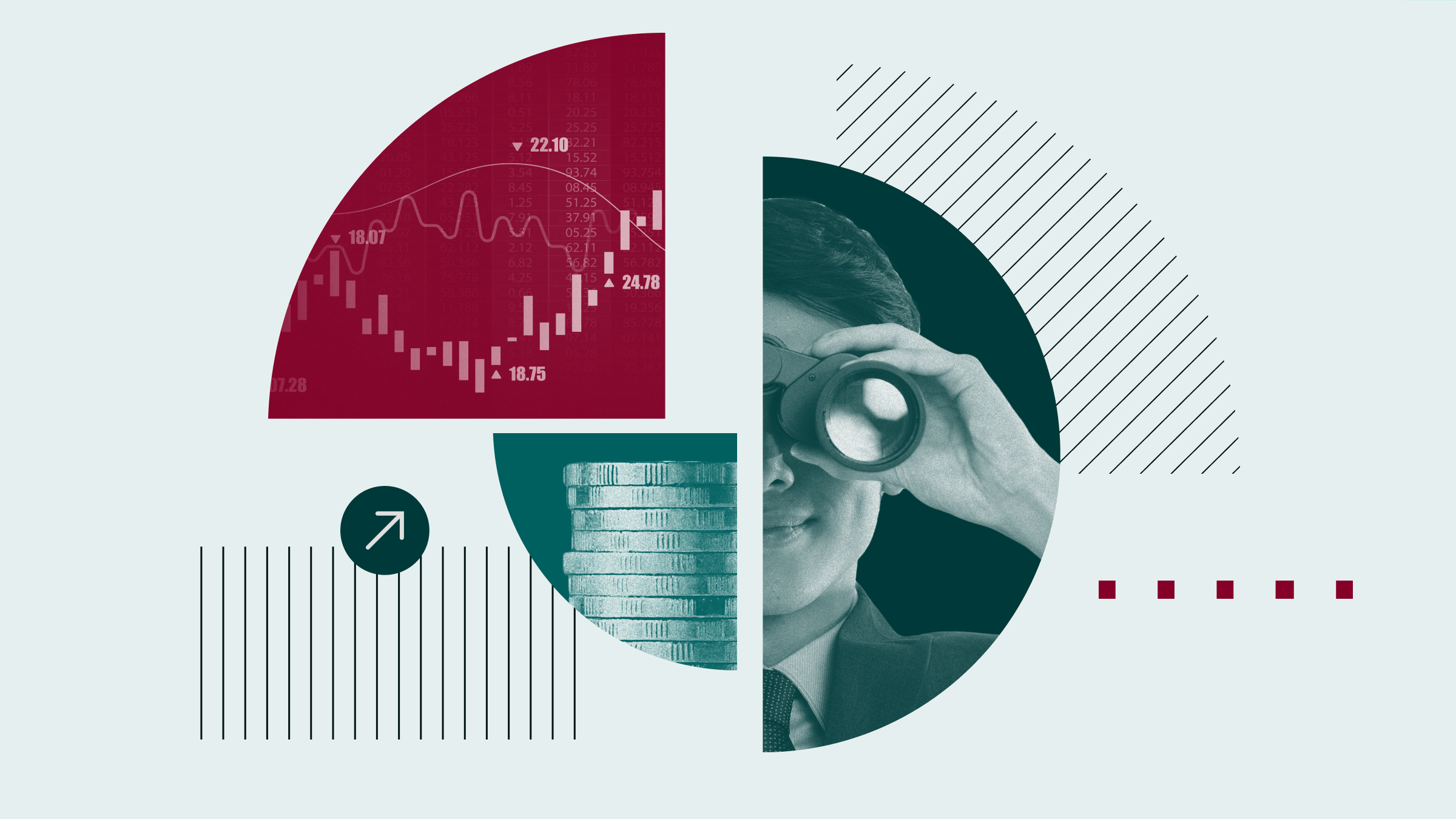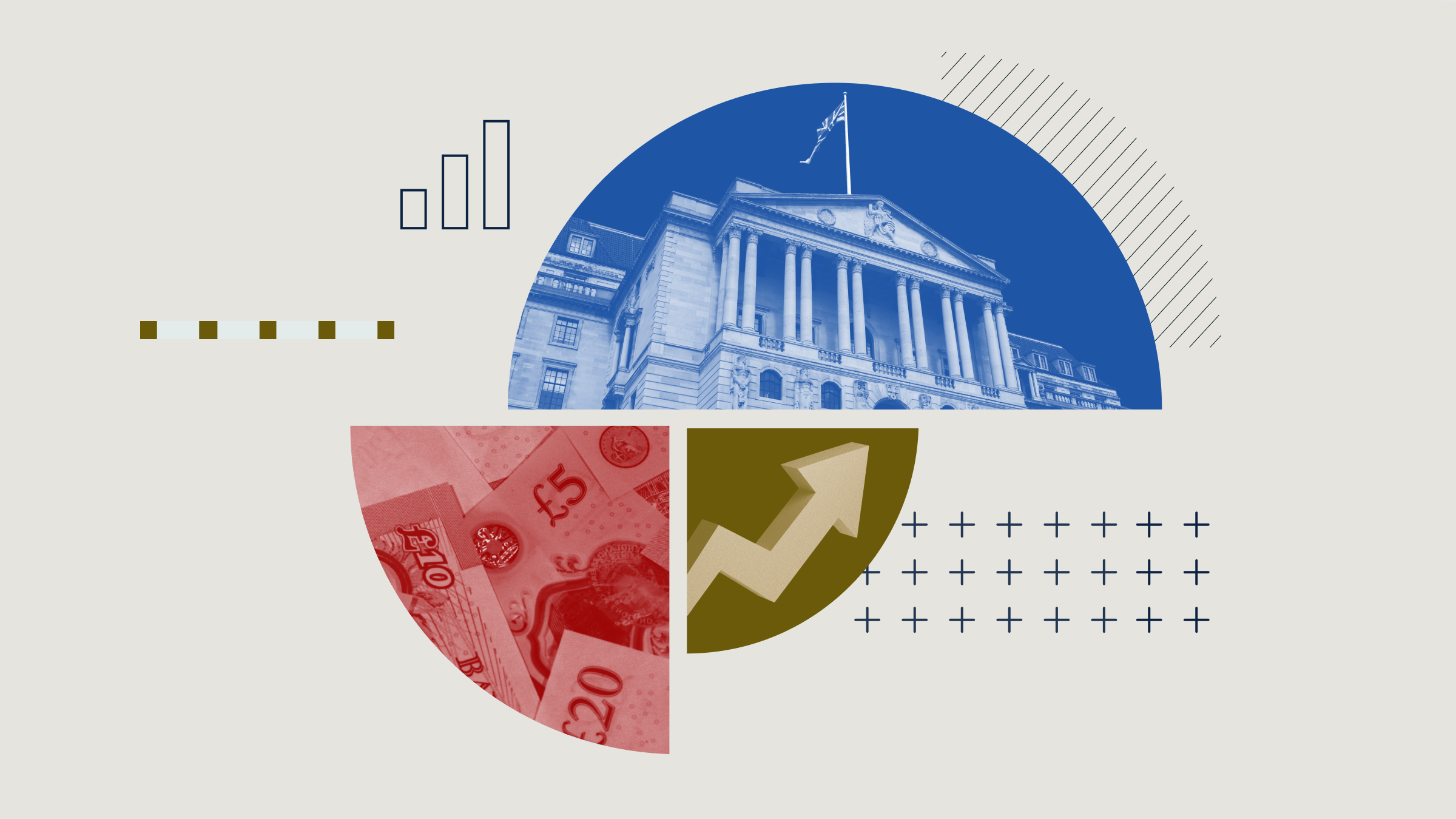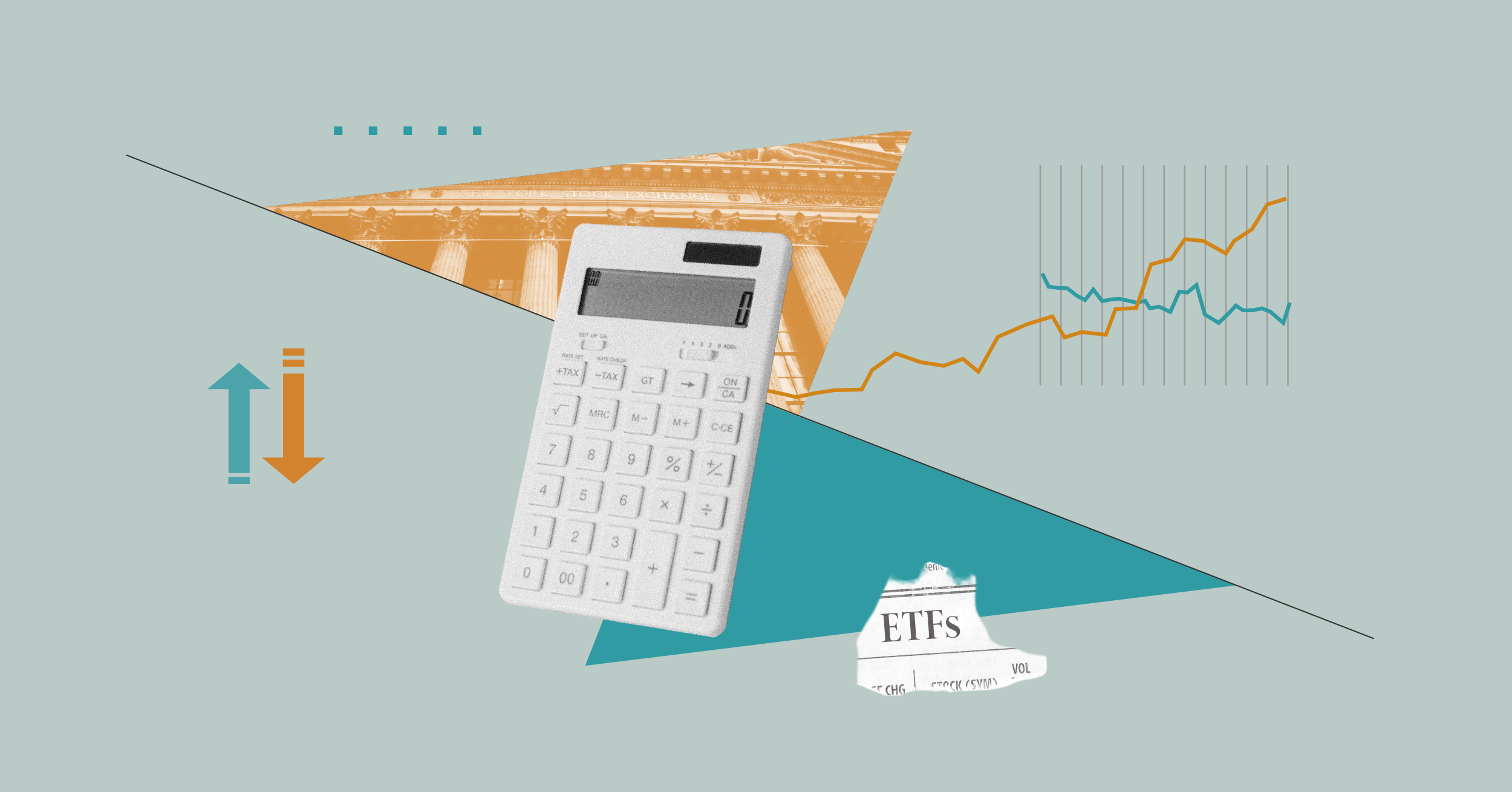James Gard: Welcome to Morningstar. With me today is Dani Saurymper. He is the Portfolio Manager of the Pacific Longevity & Social Change Fund. Thanks for joining us today, Dani. Can you just give us an idea of what the fund does?
Dani Saurymper: Yeah. So, at its simplest, we are an articulate fund that seeks to capitalise on shifting demographics by essentially identifying themes and companies that are already investible with proven commercial viability who are essentially set to benefit from the long-term secular growth presented by rising life expectancies.
Gard: So, it's ESG week here at Morningstar. You've got the S of ESG covered in the name of your fund. What about the other factors, the E and the G of ESG?
Saurymper: Yeah. So, I would say the three pillars are really interdependent. Without good governance, there's unlikely to be progress or action on the environmental or the social pillars. And performance metrics such as diversity come under both social and governance pillars. So, for example, gender diverse boards, greater female leadership in general has been shown to improve investment efficiency, result in better engagement between board members, and it ultimately leads to better discussions on both social issues and climate change. And it's also important to mention, I guess, strong gender diversity and inclusion ultimately strengthens all three facets of a company's ESG operations. Diversity among employees leads to greater awareness of environmental issues and the strategies required to solve them. Organisations are actively, obviously, recruiting from a range of ethnic and social backgrounds. And that experience ultimately leads to better satisfaction and loyalty among an employees, which obviously helps in terms of a higher social pillar scoring.
I'd also mention though that we obviously don't ignore the environmental pillar or the governance figure. We're actually – we score pretty well on that by design as a function of, sort of, the companies that we look to invest in, they typically are low natural resource intensity types of companies and sectors. And so, we see much more impact from driving action in the social dimension as opposed to sort of the E and the G, if that makes sense.
Gard: So, Dani, you might spend a lot of time researching future trends. Can you give us some insights on how you think humans are going to develop in the next 10, 20, 50 years?
Saurymper: Yeah. So, our starting point is the fact that a child born today in developed countries has a better than 50% chance of living to 100. And if you follow that through to education, to working careers, to retirement, it's going to have a dramatic effect on how we traditionally managed our lives. And we need to think about whole of life wellbeing, not just end of life, and we need to think about it across three different vectors. The first is lifespan – so, how long are we going to live for? And if we are going to live to 100, we need to then think about health span, because there's no point living in the final 10 years of that 100 in a decrepit state.
And then, lastly, we also need to think about wealth plan because we're going to have a multi-stage, multi-career life, a much longer middle period. And even when we retire at 70 and sadly maybe even 75 for some of us, we're going to have a very long retirement to accumulated wealth and afford to then go through that decumulation phase. So, those are some of the things and the dynamics that we're wrestling with when we think about investing in the theme.
Gard: Great. There's plenty to digest there and some amazing insights really into the future of work and the future of the human race. So, thanks for your time, Dani. And for Morningstar, I'm James Gard.



























